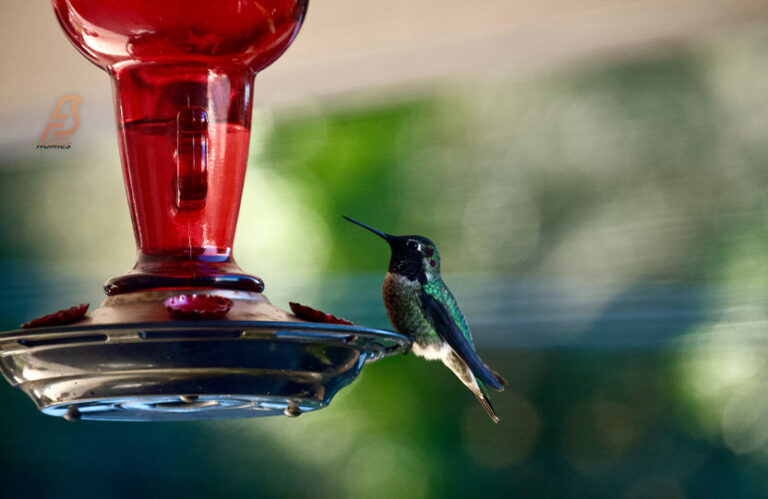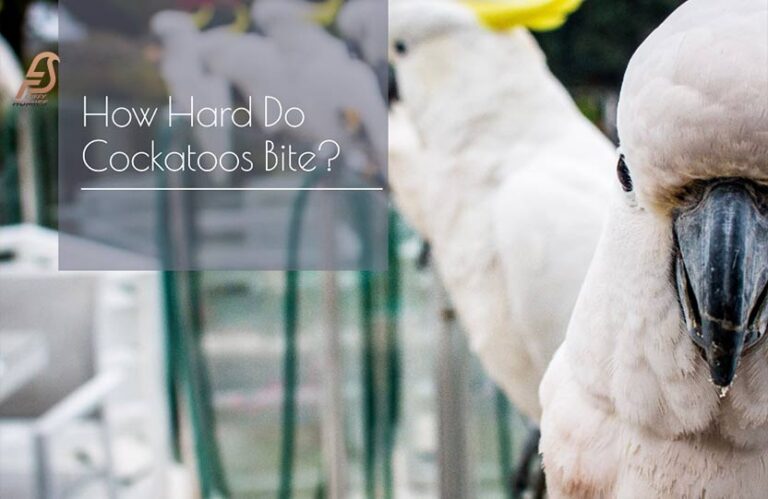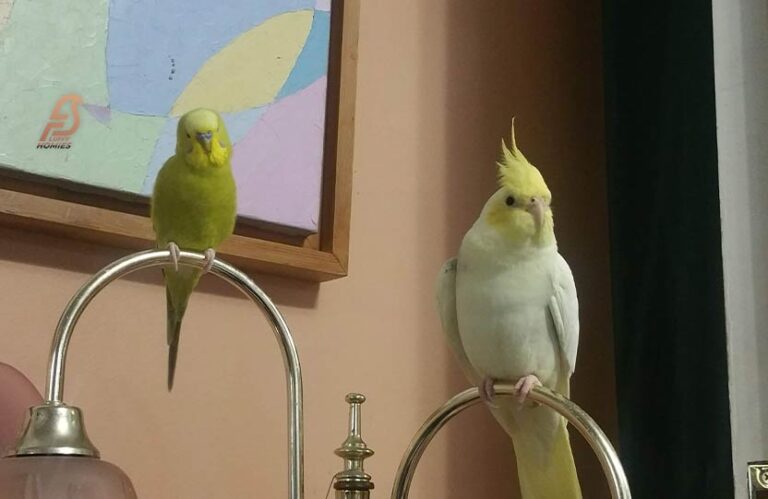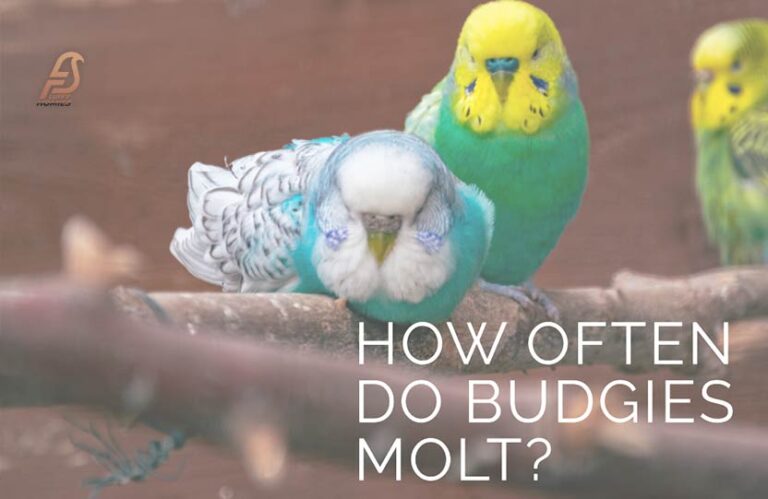Lovebird vs Conure (Which Pet Reigns Supreme in 2023)
Every bird has their unique features and appearance. Different types of birds have some similarities in the case of shape and color like lovebirds and conures.
People are misled that these categories are the same. This is the same in the case of lovebirds and conures. These are beautiful types of birds and have different personalities.
Most likely, we believe that these birds will satisfy our needs.
But keep in mind your choices are supported by research and a thorough understanding of the characteristics and behavior of birds.
In some situations lovebirds and parrotlets also compare and think that they have some similarities and differences.
In this article, we will give you a proper difference between lovebirds and conures and both are feathered friends for you.
What is Lovebird?
Lovebirds are a species of parrot native to Africa and are known for their distinctive heart-shaped faces and strong affectionate bonds with their mates.
They come in a variety of colors and are popular as pet birds for their playful, energetic personalities and their ability to form strong bonds with their owners.
They are intelligent and can be trained to perform tricks and learn to talk, although they are not as vocal as some other species of parrots.

What is Conure?
Small to medium-sized conures are a kind of parrot that is native to South and Central America.
They are renowned for both their cheerful, vivacious personality and their vivid, multicolored plumage.
Conures are clever birds that can pick up tricks, and some varieties even pick up the language.
They may develop close relationships with their owners and are friendly birds who love to be the center of attention.
Lovebird vs Conure: Which Pet Reigns Supreme?
Appearance
Lovebirds and Conures have some noticeable differences in appearance:
Lovebirds
- Lovebirds are small parrots, typically measuring about 7 inches in length and weighing about 3 to 4 ounces.
- They have distinctive heart-shaped faces, plump bodies, and short tails.
- Lovebirds come in a variety of colors, including green, yellow, peach, and blue, among others.
Conures
- Conures are slightly larger than Lovebirds, typically measuring 10 to 12 inches in length and weighing 4 to 5 ounces.
- They have slimmer bodies, long tails, and slenderer beaks than Lovebirds.
- Conures come in a wide range of colors, including green, yellow, blue, and red, among others.
Behavior
Lovebirds and Conures have different behaviors that set them apart:
Lovebirds
- Lovebirds are known for their affectionate nature and strong bonds with their mates.
- They are energetic, and playful, and enjoy exploring their environment.
- Lovebirds can be quite nippy.
Conures
- Conures are highly social and playful birds that enjoy interacting with their owners and other birds.
- They have a reputation for being loud and can be quite demanding of attention.
- Conures can be nippy as well.
Cage Size
Lovebirds require a cage that is at least 20 inches long, 20 inches wide, and 20 inches tall. They should have plenty of perches and toys to keep them entertained.
Conures are slightly larger than Lovebirds and therefore require a larger cage, with a minimum size of 24 inches long, 24 inches wide, and 30 inches tall.
They also need plenty of perches and toys, as well as room to move and play.

Life Expectancy
The life expectancy of Lovebirds and Conures can vary depending on the species, but on average:
Lovebirds have a lifespan of 10 to 15 years in captivity, with proper care and nutrition. Conures have a lifespan of 20 to 30 years in captivity, with proper care and nutrition.
Food and Nutrition
Lovebirds have a diet that should consist of pellets, seeds, fresh fruits and vegetables, and a small amount of human food.
They also require a source of calcium, such as cuttlebone or mineral blocks.
Conures have a similar diet but may require a slightly larger variety of foods to meet their nutritional needs.
They should be offered a diet that includes pellets, seeds, fresh fruits and vegetables, and the occasional treat of human food. They also need a source of calcium.
Housing and Maintenance
Lovebirds are clean birds and do not require much maintenance.
However, their cages should be cleaned regularly, and their water and food dishes should be washed daily.
Conures are also clean birds but may require a bit more maintenance due to their larger size and more active nature.
Their cages should be cleaned regularly, and their water and food dishes should be washed daily. They also benefit from daily out-of-cage playtime to exercise their bodies and minds.
Related Articles
- Why Birds Scared of Humans?
- Do Air Fryers Kill Birds?
- When Do Pigeons Molt?
- Why Carolina Wrens Sleep in Corner?
Lovebird vs Conure: Which One is Best for You?
The best pet bird for you will depend on your individual needs and lifestyle. Here are some factors to consider when deciding between Lovebirds and Conures:
Space
Lovebirds are a good option for those with limited space as they require a smaller cage and are generally more compact than Conures.
Noise
Conures are known for being loud and can be quite vocal, which may be a consideration for those living in apartments or close quarters.
Lovebirds are generally quieter, but still require a lot of attention and playtime.
Affection
Both Lovebirds and Conures are affectionate birds that enjoy the attention and can form strong bonds with their owners.
However, Lovebirds are known for their particularly affectionate nature and strong bonds with their mates.
Playfulness
Both Lovebirds and Conures are playful birds that enjoy playing with their toys and exploring their environment.
Conures are generally more active and may need more playtime than Lovebirds.
Conclusion
Both lovebirds and Conure are beautiful different types of birds. But some people think that they are the same due to their color.
But their big differences between lovebirds and conures in the case of appearance, behavior, care, life expectancy, and more.
You can keep both as a pet but if you want to select one of them then check what suits your requirements in a better way. Keep your birds healthy and safe with us!
Frequently Asked Questions
Are lovebirds and conures the same?
No, lovebirds and conures are two different species of parrots. Lovebirds are small, stocky parrots, while conures are larger, long-tailed parrots.
Are conures good beginner birds?
Yes, conures can be good beginner birds due to their playful, social, and affectionate nature. However, they also have a loud voice and can be nippy, so proper training is important.
Can a conure and lovebird get along?
A conure and lovebird can coexist peacefully, but proper introductions and supervised interactions are crucial to prevent potential aggression or territorial issues. It may also depend on the individual personalities of the birds.
What is the friendliest type of conure?
The friendliest type of conure is subjective and varies from bird to bird, but some commonly considered friendly species include the Green-Cheeked, Sun, Jenday, and Nanday Conures.






